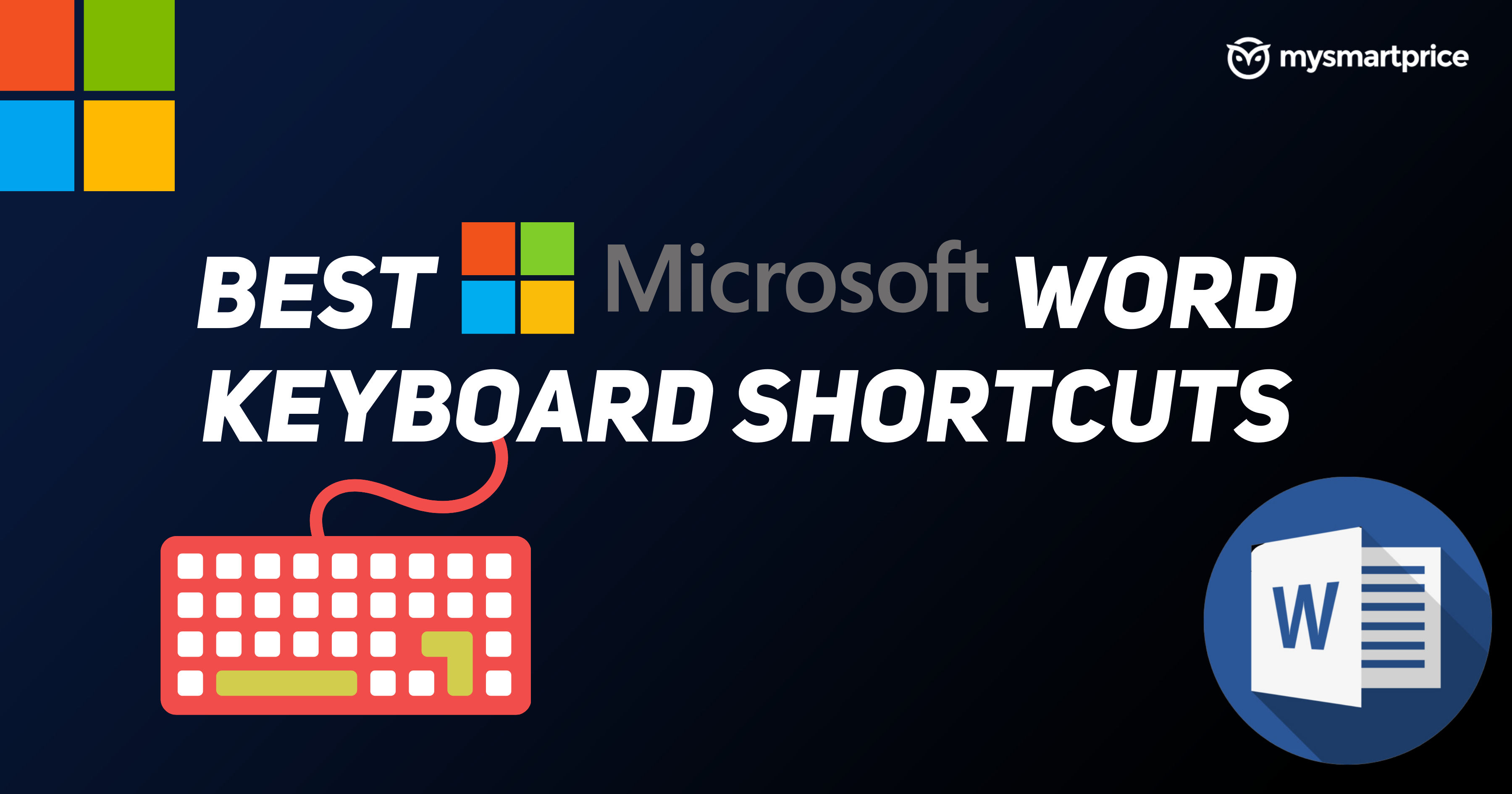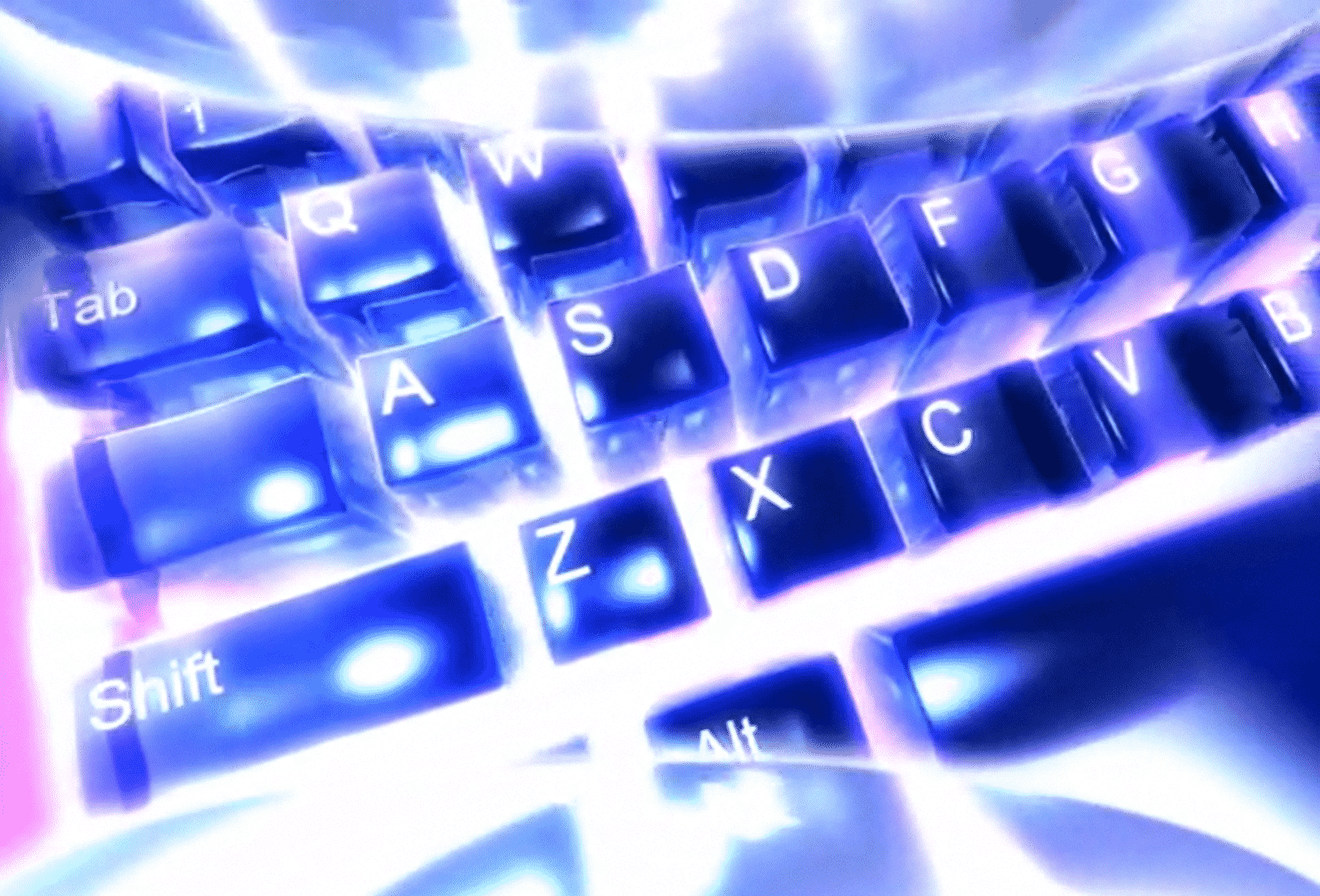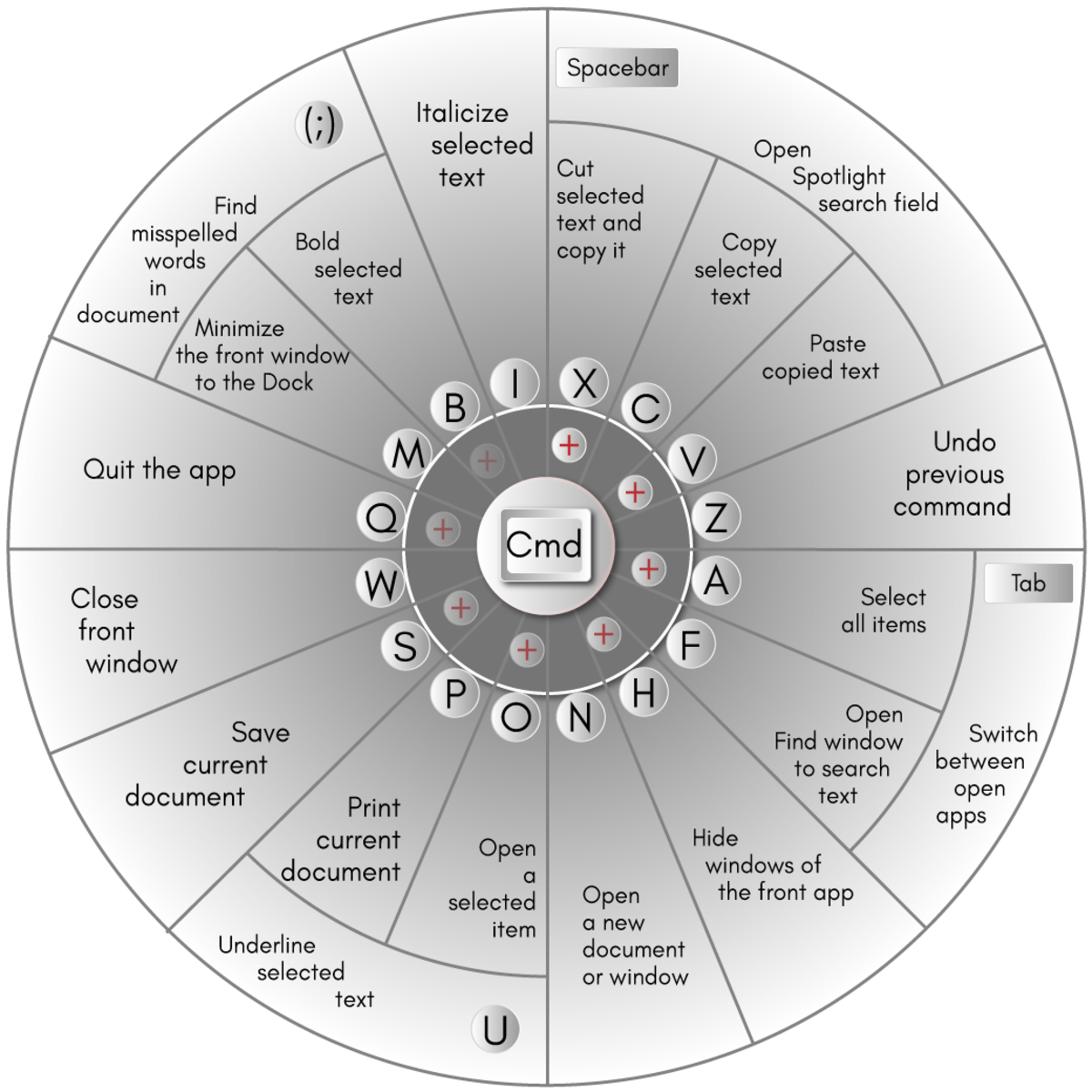

- Windows d keyboard shortcut for mac how to#
- Windows d keyboard shortcut for mac full#
- Windows d keyboard shortcut for mac mac#


Control–Command–Media Eject : Quit all apps, then restart your Mac.
Windows d keyboard shortcut for mac mac#
Control–Command–Power button:* Force your Mac to restart, without prompting to save any open and unsaved documents.Control–Power button* or Control–Media Eject : Display a dialog asking whether you want to restart, sleep, or shut down.Control–Shift–Power button* or Control–Shift–Media Eject : Put your displays to sleep.Option–Command–Power button* or Option–Command–Media Eject : Put your Mac to sleep.Power button: Press to turn on your Mac or wake it from sleep. Press and hold for 1.5 seconds to put your Mac to sleep.* Continue holding to force your Mac to turn off.This helps you to avoid using them unintentionally. You might need to press and hold some of these shortcuts for slightly longer than other shortcuts. Command-Comma (,): Open preferences for the front app.Shift-Command-N: Create a new folder in the Finder.Or use Shift-Command-3 or Shift-Command-4 for screenshots. Shift-Command-5: In macOS Mojave or later, take a screenshot or make a screen recording.Command-Tab: Switch to the next most recently used app among your open apps.Space bar: Use Quick Look to preview the selected item.
Windows d keyboard shortcut for mac full#
Control-Command-F: Use the app in full screen, if supported by the app.Control–Command–Space bar: Show the Character Viewer, from which you can choose emoji and other symbols.
Windows d keyboard shortcut for mac how to#
Learn how to change a conflicting keyboard shortcut.) (If you use multiple input sources to type in different languages, these shortcuts change input sources instead of showing Spotlight. To perform a Spotlight search from a Finder window, press Command–Option–Space bar.


 0 kommentar(er)
0 kommentar(er)
